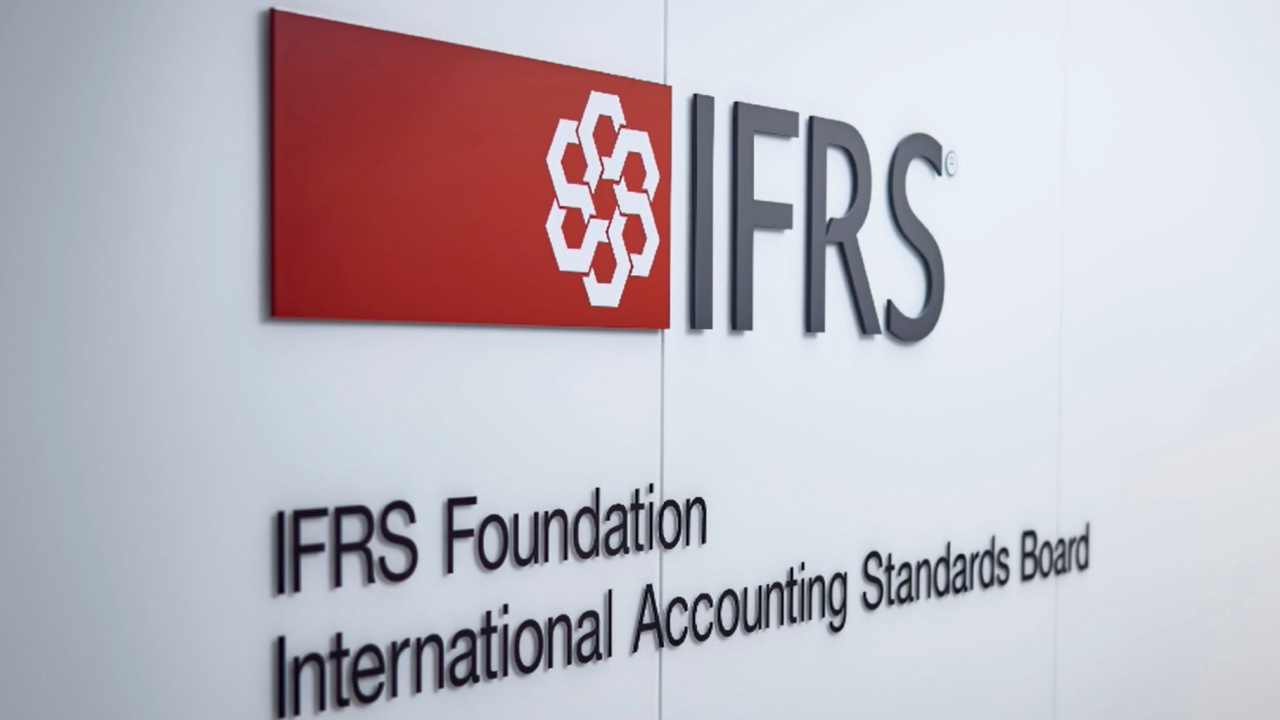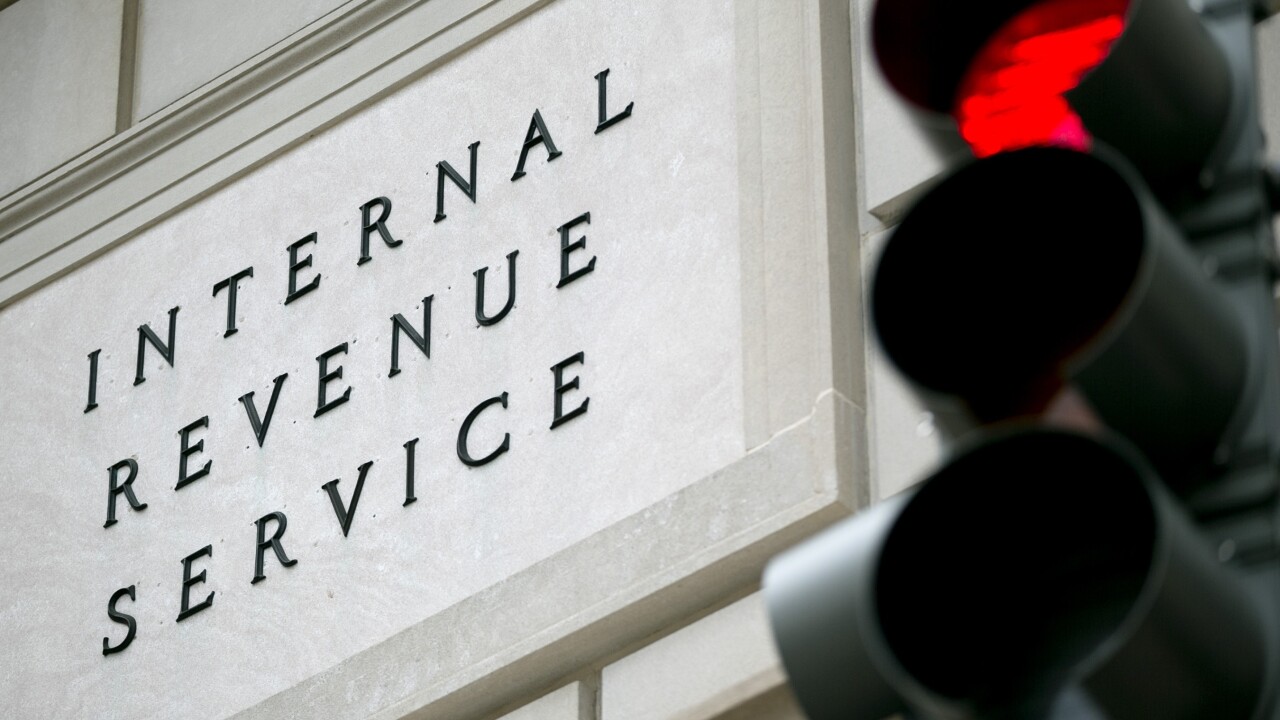Rules for federal production and investment tax credits under the Inflation Reduction Act have been broadened, according to the Internal Revenue Service.
IRS guidance released Friday in
The IRA allows for increased credit amounts or rates for clean energy projects and facilities if certain requirements are satisfied. Developers can receive a bonus of up to 10 percentage points on top of the investment tax credit and an increase of 10% for the production tax credit. The energy community bonus for the ITC and PTC is available to developers locating projects in historical energy communities.
An "energy community" can be:
- A census tract or directly adjoining census tract where a coal mine closed after 1999 or a coal-fired electric-generating unit was retired after 2009;
- Areas that have significant employment or local tax revenues from fossil fuels and higher-than-average unemployment. To qualify for the bonus, a metropolitan statistical area or non-metropolitan statistical area must have or have recently had at least 0.17% direct employment or at least 25% local tax revenues related to the extraction, processing, transport or storage of coal, oil or natural gas, as well as an unemployment rate at or above the national average unemployment rate for the previous year; or,
- Brownfield sites, which are properties contaminated by hazardous materials or other pollutants.

The new guidance, issued after the input of stakeholders, identifies
New guidance permits offshore wind facilities to attribute their nameplate capacity to additional property: supervisory control and data acquisition system equipment owned by the owner of the offshore wind project in eligible ports, as well as what land-based power-conditioning equipment qualifies.
IRS





